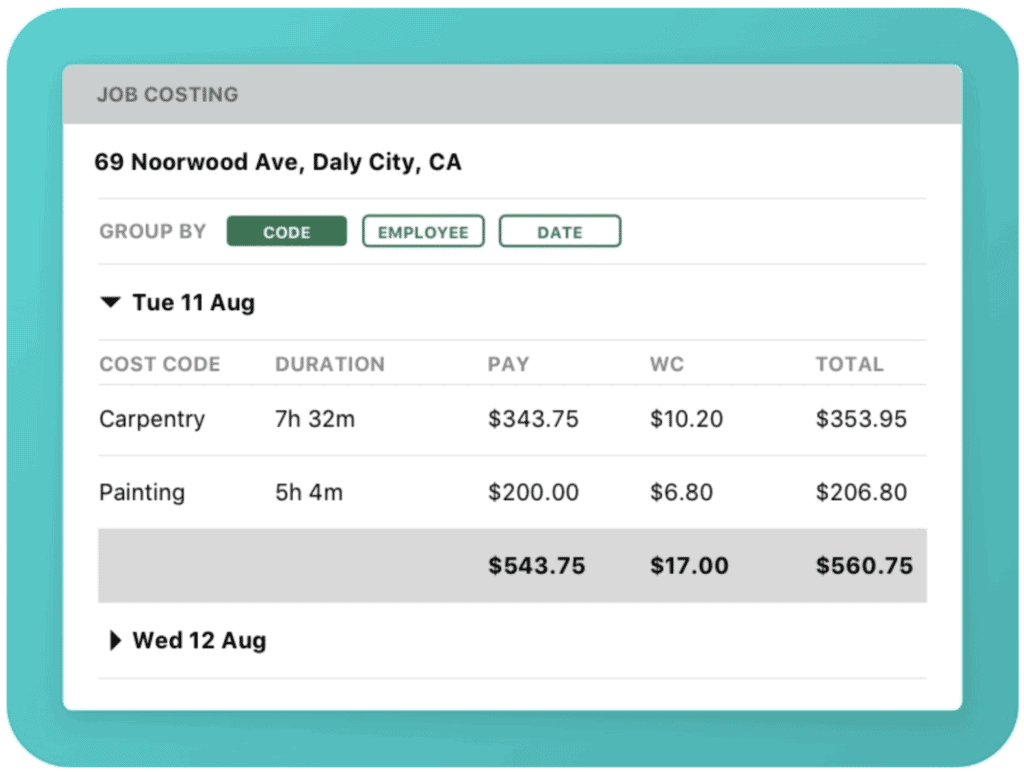The average overhead percentage for construction is between 10 to 11%. However, this number can vary greatly depending on the size and scope of the project. A small residential project may have an overhead percentage of 10%, while a large commercial project could have an overhead percentage of 15% or more.
Common overhead costs include office rent, salaries of non-project-specific staff (like administrative personnel), utilities, insurance, legal fees, marketing, office supplies, equipment depreciation, and transportation. These costs support the business but aren’t directly tied to a specific project. Understanding these expenses is crucial when calculating overall project costs to ensure profitability.
Overhead costs can significantly reduce the profit margin if not accurately calculated and included in the project pricing. They represent the indirect expenses necessary to operate the construction business and must be factored into project bids to ensure profitability. Underestimating overhead can lead to lower profits or losses, as the actual expenses might exceed the anticipated budget. Properly accounting for overhead costs enables you to set appropriate pricing, maintain a healthy profit margin, and remain competitive in the market.
Yes, overhead costs can vary with the size and complexity of a project. While some overhead expenses are fixed (e.g., office rent or staff salaries), variable costs such as transportation, administrative support, and equipment usage often increase with larger projects. To accurately calculate overhead for different project sizes, consider both the fixed costs spread over multiple projects and the variable costs directly tied to project activities.
Construction companies should review and update their overhead costs at least quarterly or when significant business changes occur. Regular reviews allow for better financial planning and more accurate project bidding. Changes in labor rates, material costs, equipment expenses, and administrative fees can all impact overhead, and adjusting these costs ensures that project pricing remains aligned with actual expenses, reducing the risk of underestimating costs.






